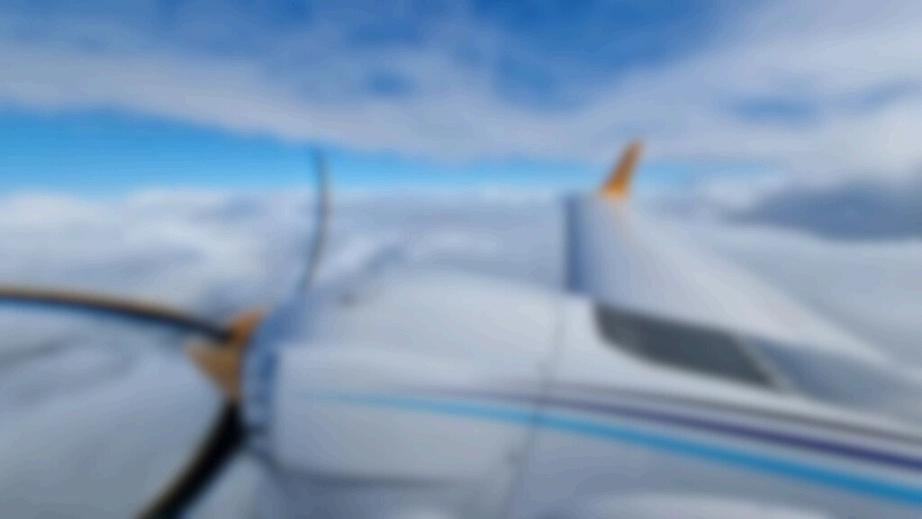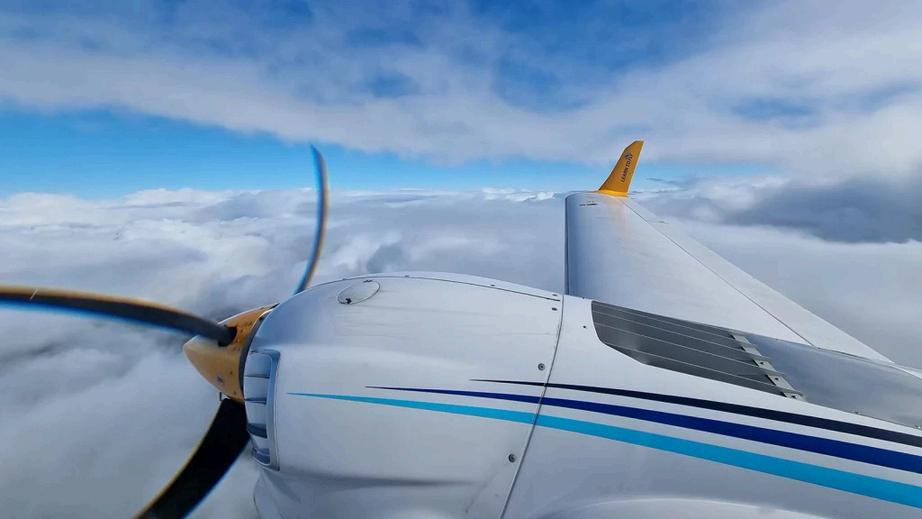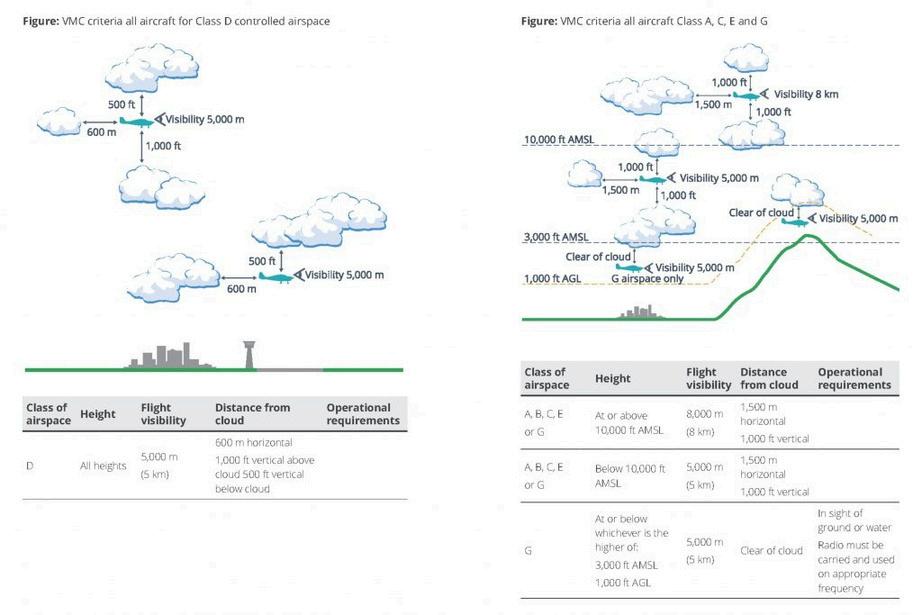INSTRUMENT FLIGHT RULES (IFR) VS INSTRUMENT FLIGHT RULES (IFR) VS VISUAL FLIGHT RULES (VFR) VISUAL FLIGHT RULES (VFR)
What is the Difference? – What is the Difference?

VFR IFR
• Refers to flights requiring pilots to use visual cues outside the aircraft
• Requires maintaining visual reference to the ground and visual sighting to avoid obstructions and other aircraft
• VMC requirements vary across different airspace classes
• CASA's Visual Flight Rules Guide provides more information
• Allows aircraft to operate under Instrument Meteorological Conditions (IMC) when VMC are absent
• IMC conditions require pilots to use aircraft's instruments, including after dark and adverse weather conditions
• IFR applies to all flights, except Night VFR and Special VFR
• Night VFR allows night flights as long as other VMC are present
• Special VFR is used for training flights around an aerodrome and requires approval by ATC



Flight Planning for VFR and IFR Conditions
Flight planning is influenced by VMC (Visual Flight Regulation) or IMC (Instrumental Management Control), with VFR being more suitable for training and longer, direct flights due to efficiency and safety
PIFR course is ideal for private pilots requiring IFR and professional pilots Contact our flight training specialists at hello@learntofly com au for more information
